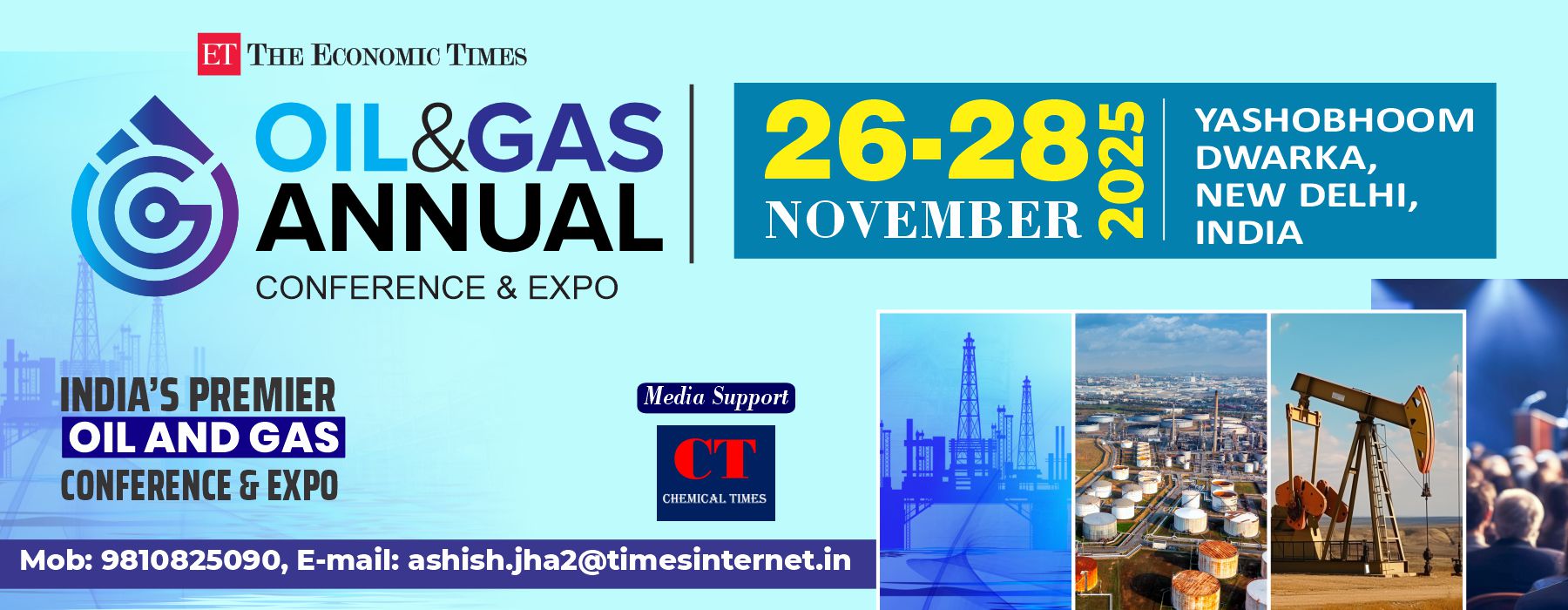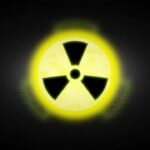In the face of accelerating climate change, the global scientific community has turned its attention not just to reducing greenhouse gas emissions, but also to actively removing carbon dioxide (CO₂) from the atmosphere. The rationale is simple yet urgent: even with aggressive emission cuts, some level of carbon dioxide removal (CDR) will be necessary to meet the targets of the Paris Agreement and limit global warming to 1.5°C. Among the array of proposed CDR technologies, one emerging concept stands out for its multi-dimensional impact: Direct Air Electrowinning (DAE).
DAE is a novel and integrative approach that combines carbon capture, carbon utilization, and electrochemical metal recovery—specifically electrowinning—into a single system. It not only removes CO₂ from the atmosphere but uses it as a feedstock for extracting critical metals needed for clean energy technologies. This process holds the potential to radically transform the way we manage carbon and mine resources—enabling a future where we extract valuable materials from the air, rather than from the Earth.
🌍 Why Carbon Capture Matters
As of 2025, global CO₂ levels have exceeded 420 parts per million—well above the pre-industrial baseline of 280 ppm. The rise in atmospheric CO₂ is driving global temperatures upward, leading to rising sea levels, extreme weather events, and ecological disruption. The Intergovernmental Panel on Climate Change (IPCC) has issued repeated warnings: emissions must fall dramatically, but even then, removing legacy CO₂ will be essential.
Carbon capture refers to the process of isolating CO₂ from either point sources (like power plants) or directly from the air. The latter—Direct Air Capture (DAC)—offers the unique ability to reduce historical emissions, making it a powerful tool for climate restoration.
However, DAC is energy-intensive and expensive. Unless there is an economic incentive to use the captured CO₂, it remains a cost center. That’s where Carbon Capture and Utilization (CCU) comes in.
🧪 From Emissions to Products: The Value of Utilization
Carbon utilization seeks to turn CO₂ from a waste gas into a resource. This can include:
Conversion into synthetic fuels
Use in building materials like concrete
Production of chemicals such as methanol or formic acid
Bioconversion into algae or other biomass
These methods help create market value, providing financial drivers for scaling carbon capture technologies. But there’s another underexplored pathway: using CO₂ to recover and purify metals, particularly from low-grade ores, mine tailings, or even seawater.
This brings us to Direct Air Electrowinning (DAE)—a concept that merges carbon removal with critical mineral extraction.
⚡ What Is Direct Air Electrowinning (DAE)?
At its core, Direct Air Electrowinning (DAE) is a hybrid process that leverages electrochemistry, mineral processing, and direct air capture to achieve two goals simultaneously:
Capture CO₂ from the atmosphere
Recover valuable metals (e.g., magnesium, lithium, nickel) via electrowinning
Electrowinning is already used industrially to extract metals like copper, zinc, and aluminum from aqueous solutions. By combining it with carbon capture and mineralization, DAE offers a carbon-negative way to extract metals crucial to green technologies.
🧩 How the DAE Process Works (Conceptually)
The process can be broken down into five main steps:
1. Capture of CO₂
Air is passed through a chemical medium—usually an amine-based solvent or alkaline sorbent—that selectively absorbs CO₂ from the ambient atmosphere.
2. Carbon Mineralization
Captured CO₂ is reacted with materials containing divalent or trivalent cations (e.g., magnesium, calcium, nickel). This reaction forms soluble metal carbonates or bicarbonates.
These reactions can occur with:
Mining waste or tailings
Basaltic rocks
Seawater or brine solutions
3. Electrolyte Preparation
The carbonate-rich solution is conditioned to act as an electrolyte for electrowinning. In this step, dissolved metal ions like Mg²⁺ or Ni²⁺ are separated from the carbonate matrix.
4. Electrowinning
Using electricity (ideally from renewable sources), the metal ions are reduced and deposited onto a cathode. Simultaneously, oxygen or hydrogen gas may be released at the anode, depending on the setup.
5. Product Recovery and Regeneration
Recovered metals can be purified and used directly in manufacturing. The sorbents and solutions used in capture and extraction can be regenerated and reused, increasing process efficiency.
🧲 Target Metals and Their Relevance
DAE is particularly suited to extracting critical minerals that are vital to the clean energy transition:
| Metal | Applications | Potential Source via DAE |
|---|---|---|
| Magnesium | Lightweight alloys, cement alternatives | Seawater, serpentine minerals |
| Nickel | Batteries for EVs and storage systems | Laterite tailings, mine runoff |
| Lithium | Lithium-ion batteries | Geothermal brines |
| Calcium | Green cement, construction materials | Silicate rocks, industrial slag |
Many of these elements are in high demand and face geopolitical constraints or environmental challenges in conventional mining. DAE could offer a cleaner, decentralized alternative.
🌱 Environmental and Economic Benefits
The potential impact of DAE extends far beyond carbon capture.
✅ Carbon-Negative Operations
By integrating DAC with mineralization and electrowinning, the system removes more CO₂ than it emits, creating a net-negative carbon footprint.
✅ Waste Valorization
DAE can utilize waste materials from existing industries—such as mine tailings or desalination brines—turning liabilities into assets.
✅ Decarbonized Metal Supply Chains
With DAE, it becomes possible to produce metals without open-pit mining or smelting, reducing habitat destruction, water usage, and air pollution.
✅ Renewable Synergy
The electrochemical steps can be powered by renewable energy, making the entire system clean and scalable.
🧪 Technical Challenges
Despite its promise, DAE faces several scientific and engineering hurdles:
Energy Intensity: Both DAC and electrowinning are energy-demanding. Reducing energy input while increasing selectivity is crucial.
Reaction Kinetics: The mineralization of CO₂ must be rapid and complete to avoid bottlenecks.
Material Durability: Electrodes and reactors must withstand corrosive environments and maintain long-term stability.
System Integration: DAE combines processes from different domains. Efficient integration and modular design are needed to enable deployment at scale.
🔍 Current Research and Industry Interest
While still in its infancy, DAE is attracting interest from a range of stakeholders:
Universities and research labs are exploring novel electrolytes and electrode materials.
Startups are investigating how DAC can be paired with brine processing and renewable-powered electrowinning.
Mining companies are looking into how tailings can be repurposed for CO₂ sequestration and metal recovery.
Policymakers are beginning to recognize the need for carbon-negative industrial strategies that also address critical mineral shortages.
Notably, the convergence of carbon management and resource extraction opens doors to new business models, such as “carbon mining,” where companies are paid both for removing CO₂ and supplying sustainable materials.
🧭 Future Outlook: Mining the Sky, Not the Earth
DAE represents a shift in how we think about carbon and critical minerals. Instead of viewing CO₂ as a waste product and mining as a destructive necessity, DAE offers a vision where we extract value from the atmosphere while healing the planet.
Imagine a future where:
Cities and ports host DAE plants that pull CO₂ from the air and produce battery-grade lithium.
Remote desert areas, rich in solar power, become hubs for air-based nickel or magnesium extraction.
Heavy industries offset their emissions through embedded DAE systems that provide both sequestration and supply-chain materials.
Such a future is technically feasible—but requires cross-sector collaboration, policy support, and continued innovation.
🔚 Conclusion
As climate change intensifies and resource demand grows, humanity must embrace multifunctional technologies that serve both environmental and economic goals. Direct Air Electrowinning (DAE) is one such innovation. It unites three powerful ideas—carbon capture, carbon utilization, and sustainable metal extraction—into a single, elegant solution.
Though still under development, DAE has the potential to:
Remove gigatons of CO₂
Supply essential materials for the energy transition
Reduce dependence on traditional mining
Catalyze a new era of carbon-smart industrial processes
In the race toward a sustainable future, DAE stands out not just as a technical marvel, but as a symbol of possibility: that we can build a world where what we take from the air gives back to the Earth.




